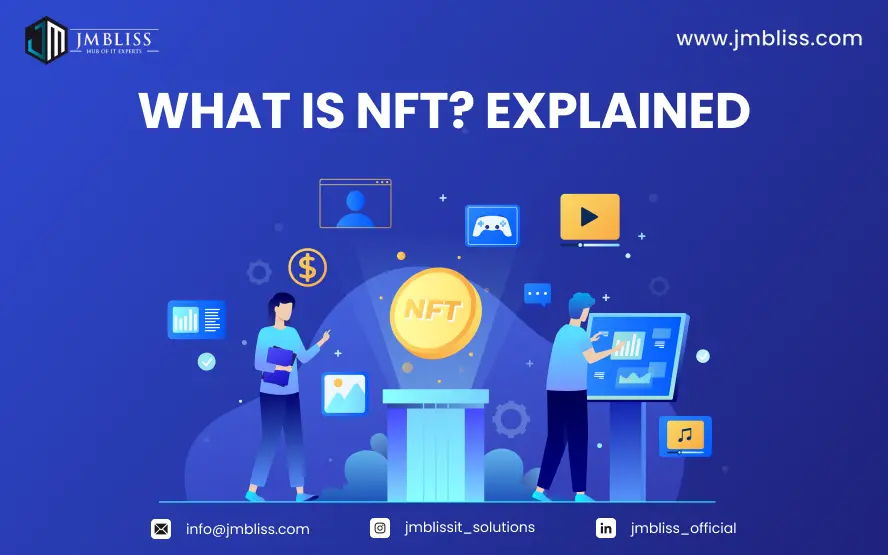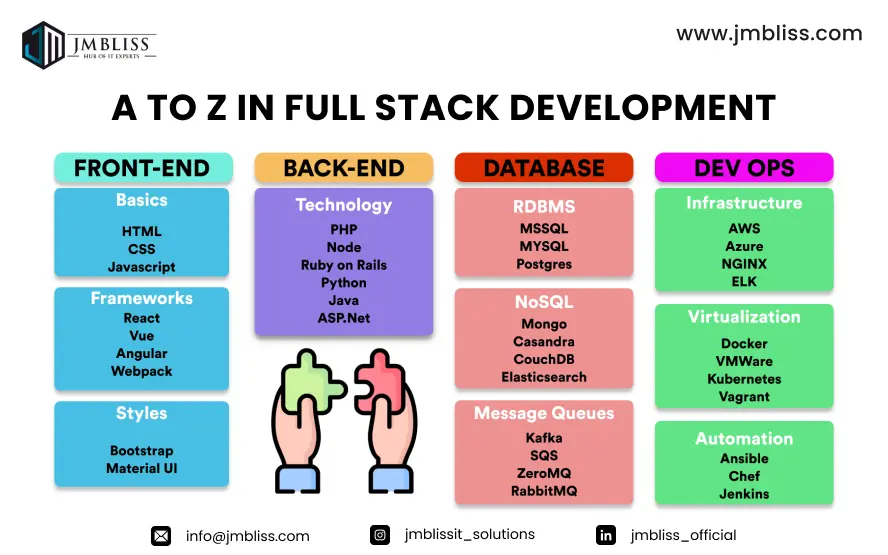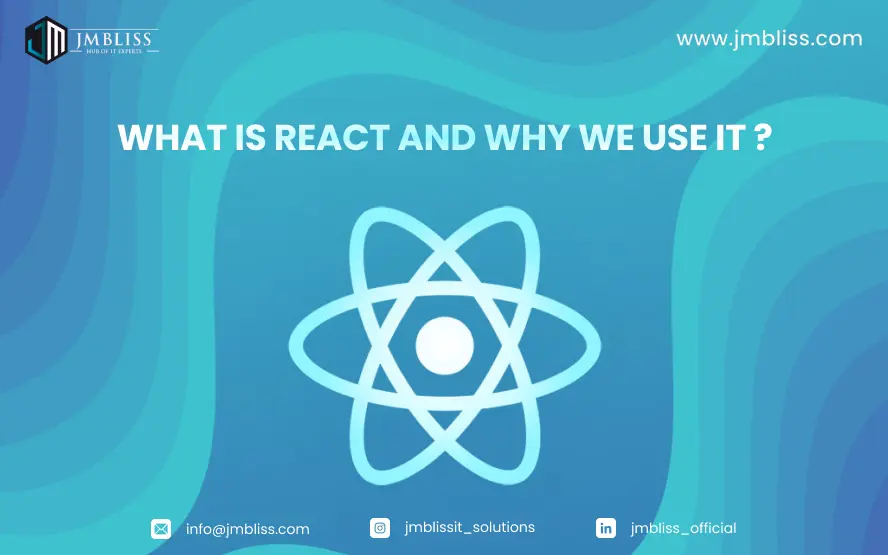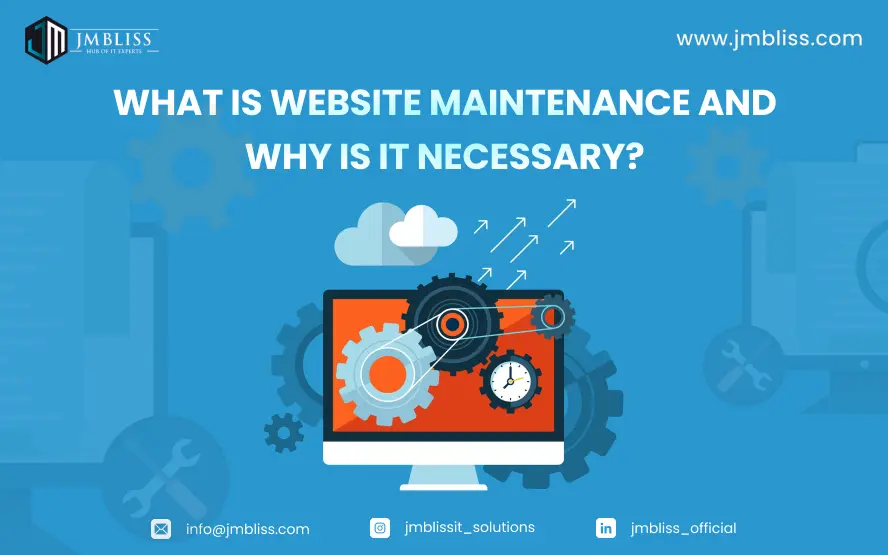
Non-fungible tokens (NFTs) are assets that have been tokenized via a blockchain. They are assigned unique identification codes and metadata that distinguish them from other tokens.
NFTs can be traded and exchanged for money, cryptocurrencies, or other NFTs—it all depends on the value the market and owners have placed on them.
For instance, you could use an exchange to create a token for an image of a banana. Some people might pay millions for the NFT, while others might think it worthless.
Cryptocurrencies are tokens as well; however, the key difference is that two cryptocurrencies from the same blockchain are interchangeable—they are fungible. Two NFTs from the same blockchain can look identical, but they are not interchangeable.
KEY TAKEAWAYS
NFTs (non-fungible tokens) are unique cryptographic tokens that exist on a blockchain and cannot be replicated.
NFTs can represent digital or real-world items like artwork and real estate.
“Tokenizing” these real-world tangible assets makes buying, selling, and trading them more efficient while reducing the probability of fraud.
NFTs can represent individuals’ identities, property rights, and more.
Collectors and investors initially sought NFTs after the public became more aware of them, but their popularity has since waned.
History of Non-Fungible Tokens (NFTs)
NFTs were created long before they became popular in the mainstream. Reportedly, the first NFT sold was “Quantum,” designed and tokenized by Kevin McKoy in 2014 on one blockchain (Namecoin), then minted and sold in 2021 on Ethereum.
How NFTs Work
NFTs are created through a process called minting, in which the information of the NFT is recorded on a blockchain. At a high level, the minting process entails a new block being created, NFT information being validated by a validator, and the block being closed . This minting process often entails incorporating smart contracts that assign ownership and manage the transferability of the NFT.
Blockchain and Fungibility
Like physical money, cryptocurrencies are usually fungible from a financial perspective, meaning that they can be traded or exchanged, one for another. For example, one bitcoin is always equal in value to another bitcoin on a given exchange, similar to how every dollar bill of U.S. currency has an implicit exchange value of $1.
Examples of NFTs
Perhaps the most famous use case for NFTs is that of cryptokitties. Launched in November 2017, cryptokitties are digital representations of cats with unique identifications on Ethereum’s blockchain. Each kitty is unique and has a different price. They “reproduce” among themselves and create new offspring with other attributes and valuations compared to their “parents.”
Much of the earlier market for NFTs was centered around digital art and collectibles, but it has evolved into much more. For instance, the popular NFT marketplace OpenSea has several NFT categories:
Photography: Photographers can tokenize their work and offer total or partial ownership. For example, OpenSea user erubes1 has an “Ocean Intersection” collection of beautiful ocean and surfing photos with several sales and owners.
Sports: Collections of digital art based on celebrities and sports personalities.
Trading cards: Tokenized digital trading cards. Some are collectibles, while others can be traded in video games.
Utility: NFTs that can represent membership or unlock benefits.
Virtual worlds: VIrtual world NFTs grant you ownership of anything from avatar wearables to digital property.
Art: A generalized category of NFTs that includes everything from pixel to abstract art
Collectibles: Bored Ape Yacht Club, Crypto Punks, and Pudgy Panda are some examples of NFTs in this category
Domain names: NFTs that represent ownership of domain names for your website(s)
Music: Artists can tokenize their music, granting buyers the rights the artist wants them to have
Benefits of Non-Fungible Tokens
Perhaps, the most apparent benefit of NFTs is market efficiency. Tokenizing a physical asset can streamline sales processes and remove intermediaries. NFTs representing digital or physical artwork on a blockchain can eliminate the need for agents and allow sellers to connect directly with their target audiences (assuming the artists know how to host their NFTs securely).
Non-fungible tokens are an evolution of the relatively simple concept of cryptocurrencies. Modern finance systems consist of sophisticated trading and loan systems for different asset types, from real estate to lending contracts to artwork. By enabling digital representations of assets, NFTs are a step forward in the reinvention of this infrastructure.
 Get A Quote
Get A Quote




